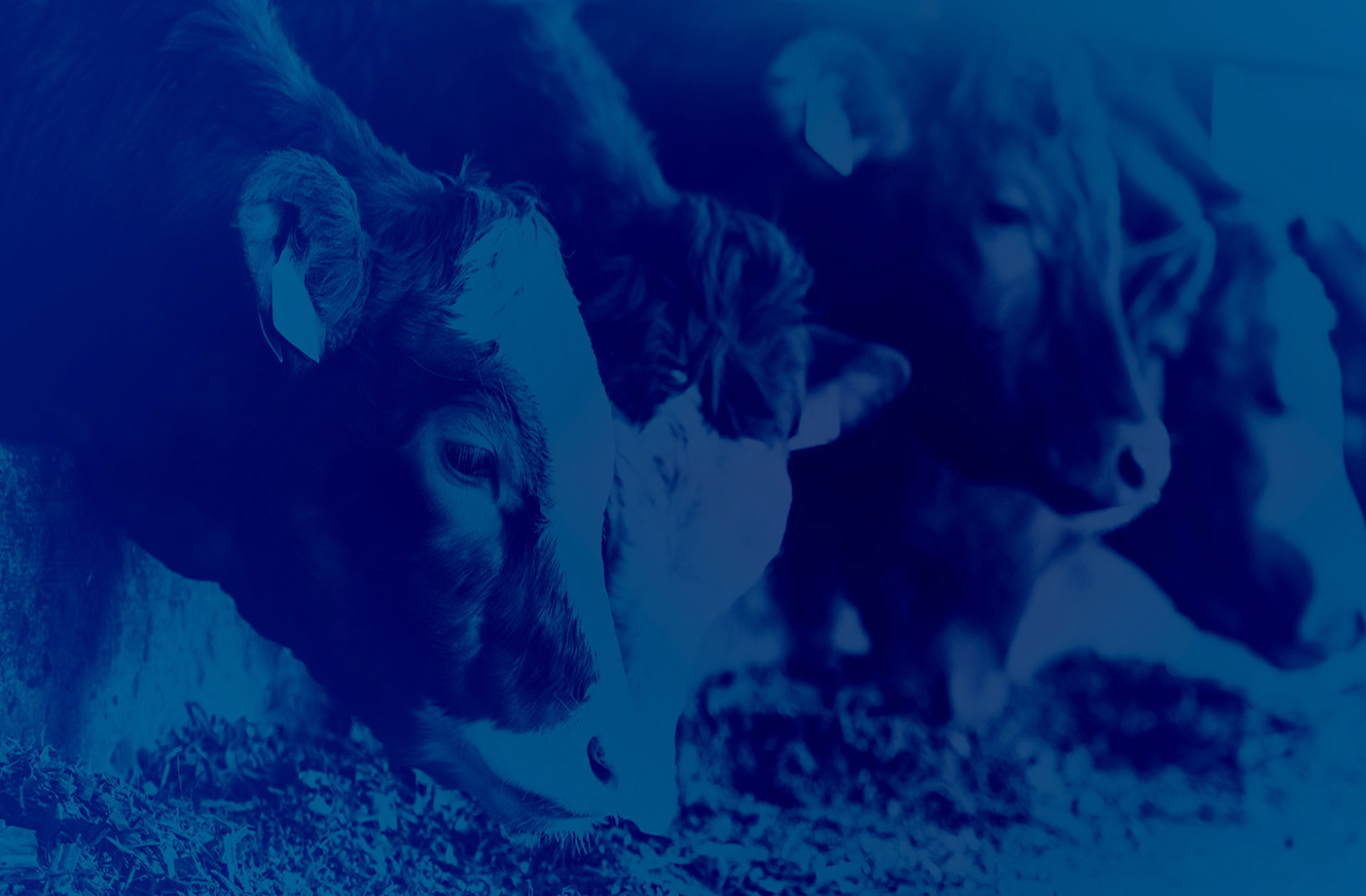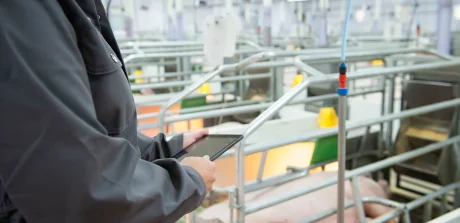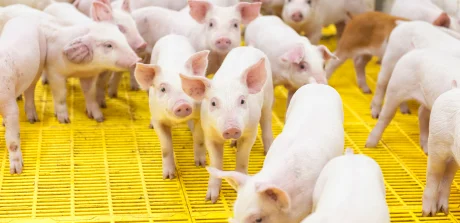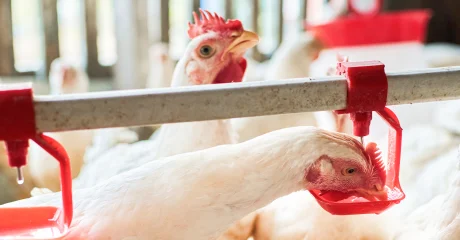- Podcast
- Dairy
- Management
- Feed efficiency
- Performance
- Milk
Increase Milk Production with Farm Synchronization – Part 1

This episode is available in English only.
What is farm synchronization and how could it increase milk production on your dairy farm? How does it impact the feeding operation, milking operation, and herd management?
Our guest - David Greene
David Greene is an independent dairy production consultant with Barton, Kiefer, and Associates. David is also the owner of Greene Ag Solutions and International Dairy Solutions. He has over 25 years of complete herd nutrition and on-farm management experience.


You have a topic suggestion?
Even become our next guest!
Timestamps & Summary
Chris Gwyn (01:07)
Could you describe for our audience today what farm synchronization means?
David Greene
It is when you can marry the following 3 main management centres for the farm:
- Feeding operation
- Milking operation
- Herd management
By marrying them, David Greene means synchronizing their schedule so that both labour management and milk production are more efficient.
Chris Gwyn (04:33)
Could you tell me some farm examples where you’ve made some changes?
David Greene
Several clients that would change the feeding schedule would see major changes. By feeding the cows around 2 hours ahead of the parlour, for example, and giving them the time to go back and lay down before going to the parlour, they come back and get another meal. From a calcite standpoint, that allows us to get an extra small meal in those cows and so they are more efficient.
Understanding the timing can be quite a task in large herds, and what Mr. Greene often sees is that each department has their own schedule and are not necessarily communicating.
Chris Gwyn (06:29)
What kinds of responses have you seen following the changes you’ve made with your team?
David Greene
When we can feed smaller meals ahead of the parlour (20-25 minutes instead of 35-40 minutes), we can see a 2-to-3-pound increase in milk production for the same feed intake, if not less.
By allowing her to eat as she wants to eat, it seems to make her more efficient to utilize the feed intake. Timing is everything!
Chris Gwyn (07:36)
What would you like to remind the audience to do when it comes to better synchronization on the farm?
David Greene
The first thing is: Keep the end in mind. If you look at the breeding team, the end is getting the cows bred. For the feeding team, the end is getting the cows fed. But the end goal should be whatever it takes to maximize the production efficiency so we can put the most milk off that farm every single day. Every movement on the farm needs to be centred around maximizing the efficiency of milk production.
The second thing is: There is a cost of doing everything, but we can also save a lot of them by synchronizing the whole farm. It makes a big difference, and makes you a lot more efficient.









